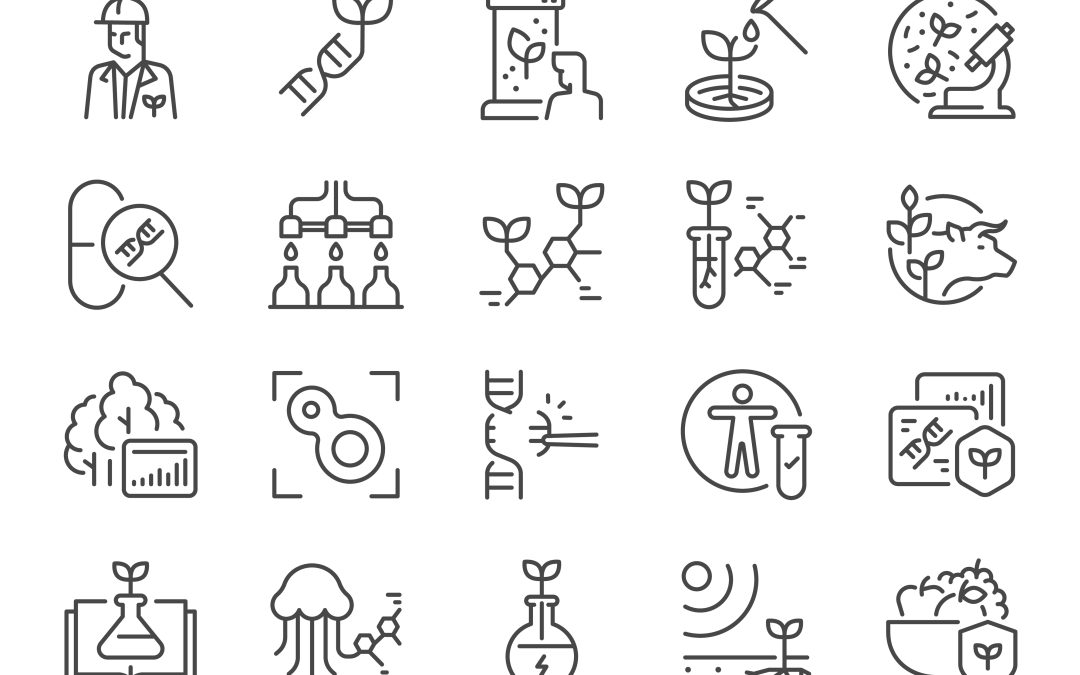Source: Genetic Engineering & Biotechnology News
Researchers have developed the “zoonotic web” concept, illustrating the intricate network of relationships between zoonotic agents, their hosts, vectors, food sources, and the environment, as detailed in a Nature Communications paper. Amélie Desvars-Larrive of the University of Veterinary Medicine in Vienna highlights the complexity of animal-human-environment interactions in zoonotic diseases. Human transmission can occur through direct contact with infected animals or indirect contact via vectors or contaminated surfaces.
The team conducted a systematic review of zoonotic interactions in Austria from 1975 to 2022, identifying six distinct zoonotic agent communities influenced by human proximity and activities. The community including humans and domestic animals like dogs, cats, and livestock shares the most zoonotic agents. Key animals like wild boar and ticks act as bridges in these communities. The One Health approach emphasizes the interdependence of human, animal, and environmental health. The study finds that zoonotic spillover is most likely at human-cattle and human-food interfaces, with contaminated food posing significant risks.
Read the full story HERE: https://www.genengnews.com/topics/infectious-diseases/zoonotic-web-unravels-complexity-of-transmission-chains/

